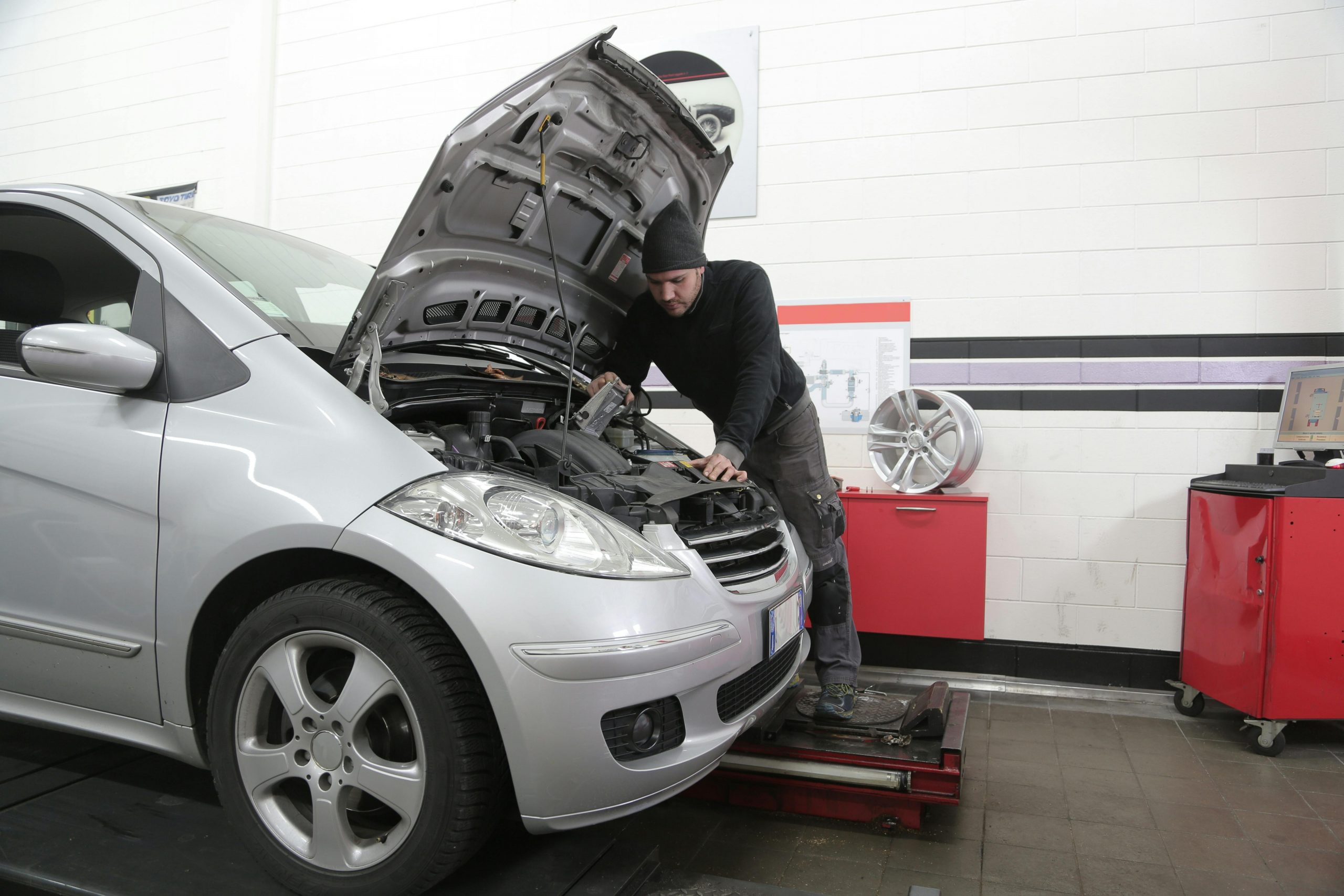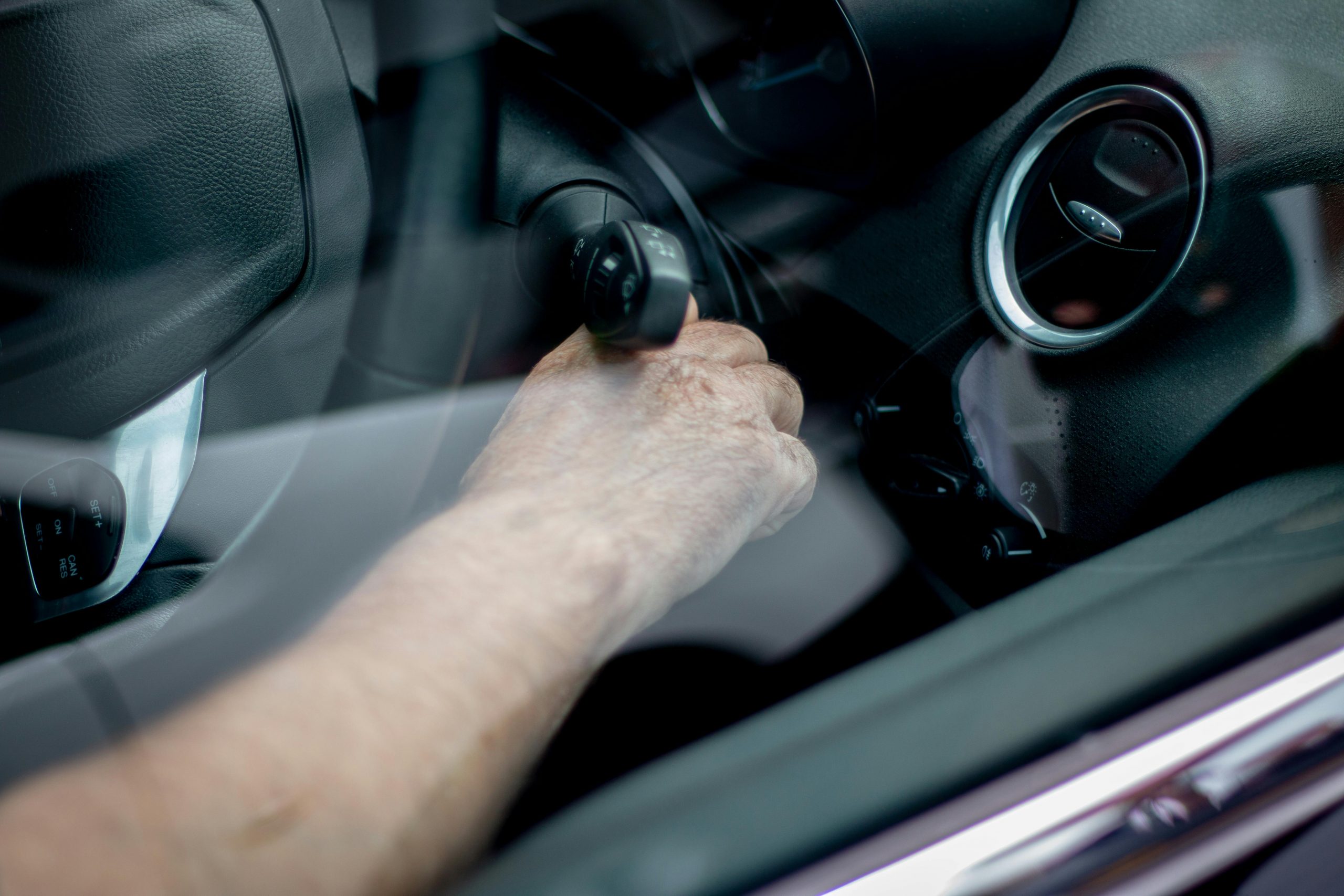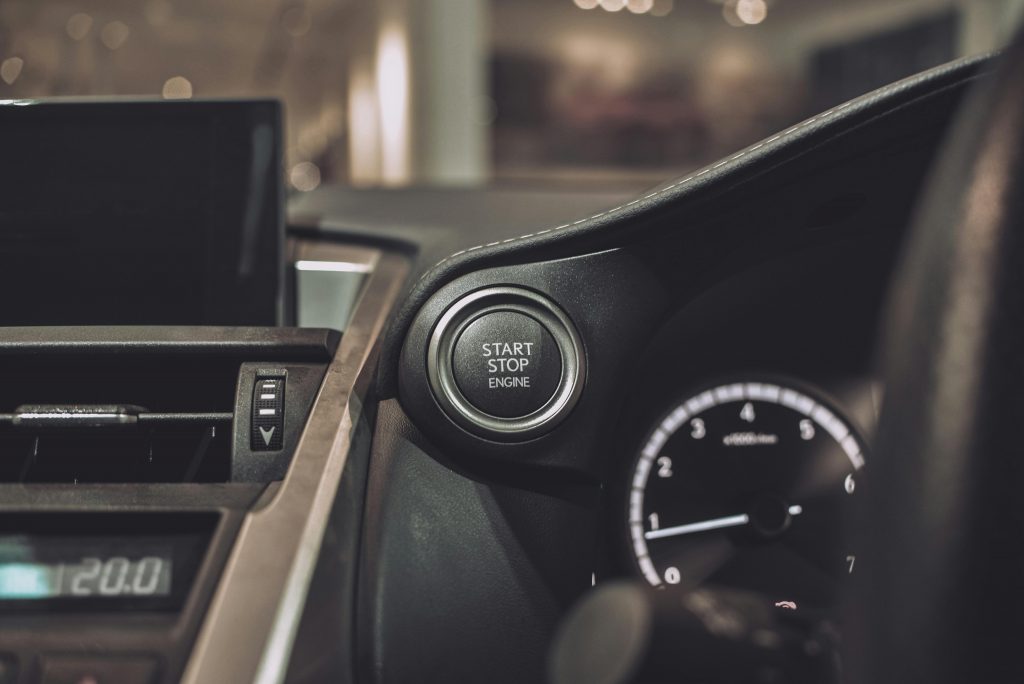Highlights
- Start with the basics: Check your battery connections, charge, and installation before moving to other possible causes.
- Listen carefully: The sounds (or silence) you hear when turning the key provide vital clues about what’s wrong.
- Inspect major components: Starter motor, alternator, fuel delivery, and ignition system are common culprits.
- Look for small details: Blown fuses, faulty relays, and security system issues can all prevent a car from starting.
- Use the process of elimination: Ruling out causes step by step will save you time and money.
- Know when to call for help: Some issues require professional diagnostics to avoid making things worse.

When your car won’t start even after you’ve installed a new battery, it can be frustrating and confusing. Most drivers assume a dead battery is the only culprit when a vehicle refuses to start — so discovering the problem is something else entirely can lead to wasted time and money. The good news is that there are clear, step-by-step troubleshooting methods you can follow to identify the issue, fix it, and avoid unnecessary repairs.
This guide breaks everything down for you — from simple checks you can do at home to more complex inspections that may require professional help.
Step 1: Double-Check the Battery Installation
Even though you’ve replaced your battery, start by ensuring everything is correctly installed. A loose connection or improperly seated terminal can mimic a dead battery.
- Check the terminals: Ensure they are tight and free from corrosion. A wire brush can remove rust or buildup that prevents good contact.
- Confirm polarity: Positive cable must be on the positive terminal, and negative on negative — reversing them can cause electrical damage.
- Verify charge level: Not all new batteries are fully charged. Use a multimeter to check that your battery reads at least 12.6 volts.
Taking this step first ensures you aren’t chasing down more complex problems when the fix could be simple.
Step 2: Listen for Clues When Turning the Key
The sounds your car makes when you attempt to start it are valuable diagnostic tools:
- No sound at all – This could point to a faulty ignition switch, dead starter relay, or a wiring issue.
- Single click – Often indicates the starter solenoid is engaging but the starter motor isn’t turning.
- Rapid clicking – Usually a sign of low voltage reaching the starter despite a new battery — check connections and alternator.
- Engine cranks but doesn’t start – The issue could be with fuel delivery, spark, or air intake.
By noting these details, you narrow down which system to inspect next.
Step 3: Inspect the Starter Motor and Solenoid
The starter motor is responsible for cranking your engine. If it fails, no amount of battery power will get the car running.
- Symptoms of starter issues: Clicking noise, slow cranking, smoke or burning smell near the starter.
- DIY check: Tap the starter gently with a wrench while someone turns the key. If it cranks, the starter is on its last legs.
- Connections: Inspect for loose wires, corrosion, or frayed cables leading to the starter.
If the starter shows clear signs of failure, replacement is usually the best option.
Step 4: Test the Alternator
A failing alternator won’t prevent your car from starting once, but it will drain your battery quickly and leave you stranded the next time.
- Signs of alternator problems:
- Dim headlights or dashboard lights.
- Battery warning light glowing.
- Electrical accessories (radio, power windows) acting erratically.
- Simple test:
- Start the engine and measure voltage across battery terminals. A healthy alternator should read between 13.7V and 14.7V.
- If voltage is below 13V, the alternator isn’t charging properly.
Replacing a bad alternator promptly prevents damage to even quality replacement batteries and keeps your vehicle reliable.
Step 5: Rule Out Fuel Delivery Issues

Even if your battery and starter are fine, your engine won’t run without fuel.
- Listen for the fuel pump: Turn the key to “ON” and listen for a brief humming sound near the gas tank — that’s the pump priming.
- Check fuel levels: It seems obvious, but make sure you have enough gas in the tank.
- Inspect fuel filter: A clogged filter can starve the engine. Replace it if it’s due for service.
- Bad fuel: If your car has been sitting for months, old fuel can prevent combustion. Consider draining and refilling the tank.
Step 6: Check Ignition System and Spark
No spark means no ignition, no matter how much fuel you have.
- Inspect spark plugs: Look for wear, oil fouling, or carbon buildup. Replace if needed.
- Test ignition coils: A faulty coil can prevent spark from reaching the plugs.
- Use a spark tester: This tool confirms whether spark is present during cranking.
If spark is missing, tracing back to the ignition coil or control module may be necessary.
Step 7: Inspect Fuses and Relays
A single blown fuse can disable your ignition, fuel pump, or starter circuit.
- Locate the fuse box: Check your owner’s manual for the diagram.
- Visual check: A broken filament or dark burn marks indicate a blown fuse.
- Replace with identical rating: Using the wrong amperage can damage your electrical system.
Don’t forget to check the starter relay as well — swapping it with another identical relay in the box can help confirm if it’s faulty.
Step 8: Watch for Security System Issues
Modern vehicles often have anti-theft systems that disable starting if they don’t recognize the key.
- Look for a flashing security light: This may indicate the immobilizer is active.
- Try a spare key: Worn or damaged keys can sometimes fail to deactivate the system.
- Reset the system: Some vehicles require leaving the key in “ON” for 10–15 minutes to reset.
If none of these steps work, the problem may require dealer programming or key replacement.
When to Call a Mechanic
If you’ve tried all the above and your car still won’t start, it’s time to seek professional help.
- Benefits of professional diagnostics:
- Access to advanced scan tools to read trouble codes.
- Faster, more accurate identification of issues.
- Prevention of unnecessary part replacements.
Sometimes, a trained eye is what you need to avoid frustration and expensive trial-and-error fixes.
Preventive Maintenance to Avoid Future Problems
Most no-start situations can be avoided with a consistent preventive maintenance routine. Taking a proactive approach not only reduces the chance of breakdowns but also extends the overall life of your vehicle. Here’s how to stay ahead of potential issues:
Battery Care
- Annual Battery Test: Have your battery tested at least once a year, ideally before winter or summer, when extreme temperatures put the most strain on electrical systems.
- Clean & Tighten Connections: Check battery terminals every few months. Clean off corrosion using a baking soda solution or terminal cleaner, and make sure connections are tight to prevent voltage drop.
- Drive Regularly: Short trips can drain a battery over time. Aim for longer drives occasionally to allow the alternator to fully recharge it.
Fuel System Maintenance
- Keep the Tank Above ¼ Full: Running on a near-empty tank can cause the fuel pump to overheat and wear out prematurely. Keeping more fuel in the tank also prevents moisture buildup.
- Replace Fuel Filters: Follow your manufacturer’s recommendations for replacing fuel filters. A clogged filter restricts flow and can make your car hard to start.
Ignition & Engine Checks
- Replace Spark Plugs on Schedule: Worn spark plugs lead to misfires and slow starting. Keep them fresh according to your car’s maintenance manual.
- Inspect Belts & Alternator: Cracked belts or a weak alternator can leave your battery undercharged, eventually causing a no-start situation.
- Monitor Starter Health: If you hear grinding or clicking sounds when starting your car, have the starter inspected before it fails completely.
Fluid & Filter Maintenance
- Change Oil & Air Filters Regularly: Clean oil and air filters improve engine efficiency, making starts smoother and reducing stress on components.
- Check Coolant & Transmission Fluids: Proper fluid levels help maintain overall system health and prevent overheating or component failure.
By integrating these habits into your routine, you’ll significantly lower the risk of sudden no-start problems, avoid inconvenient breakdowns, and save hundreds of dollars in emergency repairs and towing fees.
Conclusion
A car that won’t start after installing a new battery can be frustrating, but it doesn’t have to leave you stranded. By systematically working through the potential issues — battery installation, starter, alternator, fuel, spark, fuses, and security system — you can narrow down the cause and often fix it yourself. When all else fails, bringing your car to a professional mechanic will ensure an accurate diagnosis and get you back on the road quickly.
Taking a step-by-step approach not only saves you money but also builds confidence in handling basic vehicle troubleshooting in the future.

